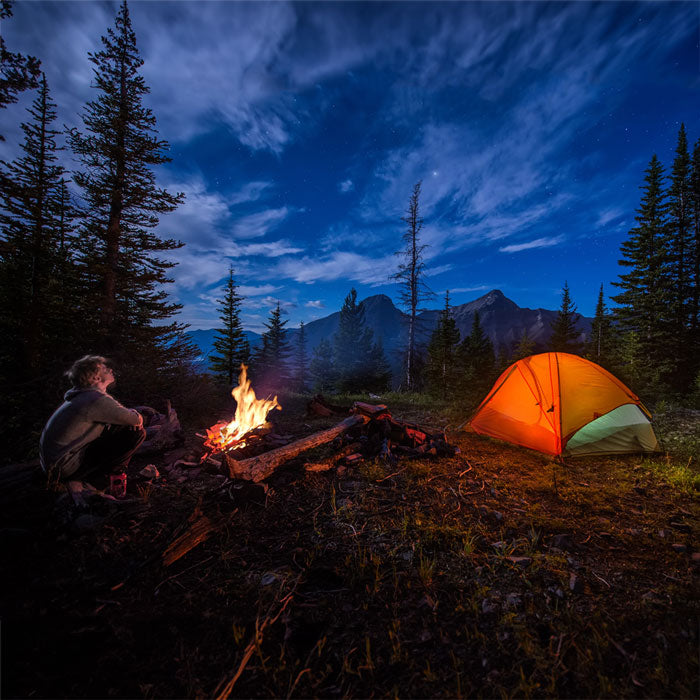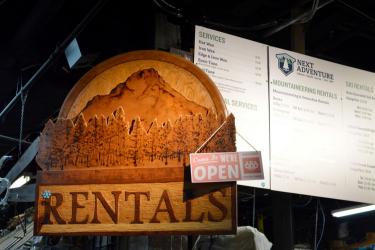
How to Choose a Backpacking Tent
Introduction: When it comes to backpacking, choosing the right tent is important for a comfortable and enjoyable outdoor adventure. With numerous options available, it can be overwhelming to find the perfect tent for your needs. In this article, we will provide you with a guide on how to buy a tent for backpacking.
SHOP TENTS
1. Identify Your Needs: Before purchasing a tent, it's important to evaluate your needs. Consider factors such as the number of people using the tent, the expected weather conditions, the duration of your trips, and the type of terrain you'll encounter. This will help determine the size, weight, durability, and seasonality of the tent you should choose.
2. Capacity and Weight: Selecting the right tent capacity is crucial for a comfortable night camping. If you're backpacking alone, a one-person tent will suffice, but if you plan to camp with a partner or in a group, consider a larger tent. However, bear in mind that larger tents tend to be heavier, so strike a balance between capacity and weight to ensure it can be carried comfortably in your backpack.
3. Seasonality and Weather Resistance: Understanding the seasonality ratings of tents is important. Tents are generally categorized as three-season or four-season tents. Three-season tents are designed for spring, summer, and fall, while four-season tents are built to withstand harsh winter conditions. Consider the weather conditions you are likely to encounter during your backpacking trips and choose a tent with the appropriate seasonality rating. Additionally, look for tents with a waterproof rainfly and a sturdy construction to ensure they can handle unexpected rain and wind.
4. Design and Setup: Tent design and setup can greatly affect your camping experience. Dome tents are popular due to their sturdy structure and easy setup, while tunnel tents offer more space but may require additional setup time. Freestanding tents are convenient as they can be pitched anywhere, whereas non-freestanding tents require stakes to be secured. Consider the ease of setup, pole material, and the number of doors and vestibules when selecting a tent design that suits your preferences.
5. Durability and Materials: Durability is key when it comes to backpacking tents. Look for tents constructed with robust materials such as ripstop nylon or polyester for the fly and floor, as these can withstand wear and tear. Additionally, check the quality of the zippers, seams, and poles to ensure they can withstand the rigors of travel. Reinforced stress points and double stitching are indicators of a durable tent that will last for years with proper care.
Conclusion: Purchasing a tent for backpacking is an investment in your outdoor adventures. By identifying your specific needs, tent capacity, weight, seasonality, weather resistance, design, setup, durability, and materials, you can confidently choose a tent that will provide shelter, comfort, and reliability during your backpacking journeys.
Remember to read reviews, seek expert advice, or better yet, come on down to Next Adventure and chat with our camp department, as they can offer valuable insights and recommendations to help you make an informed decision. Safe travels!

